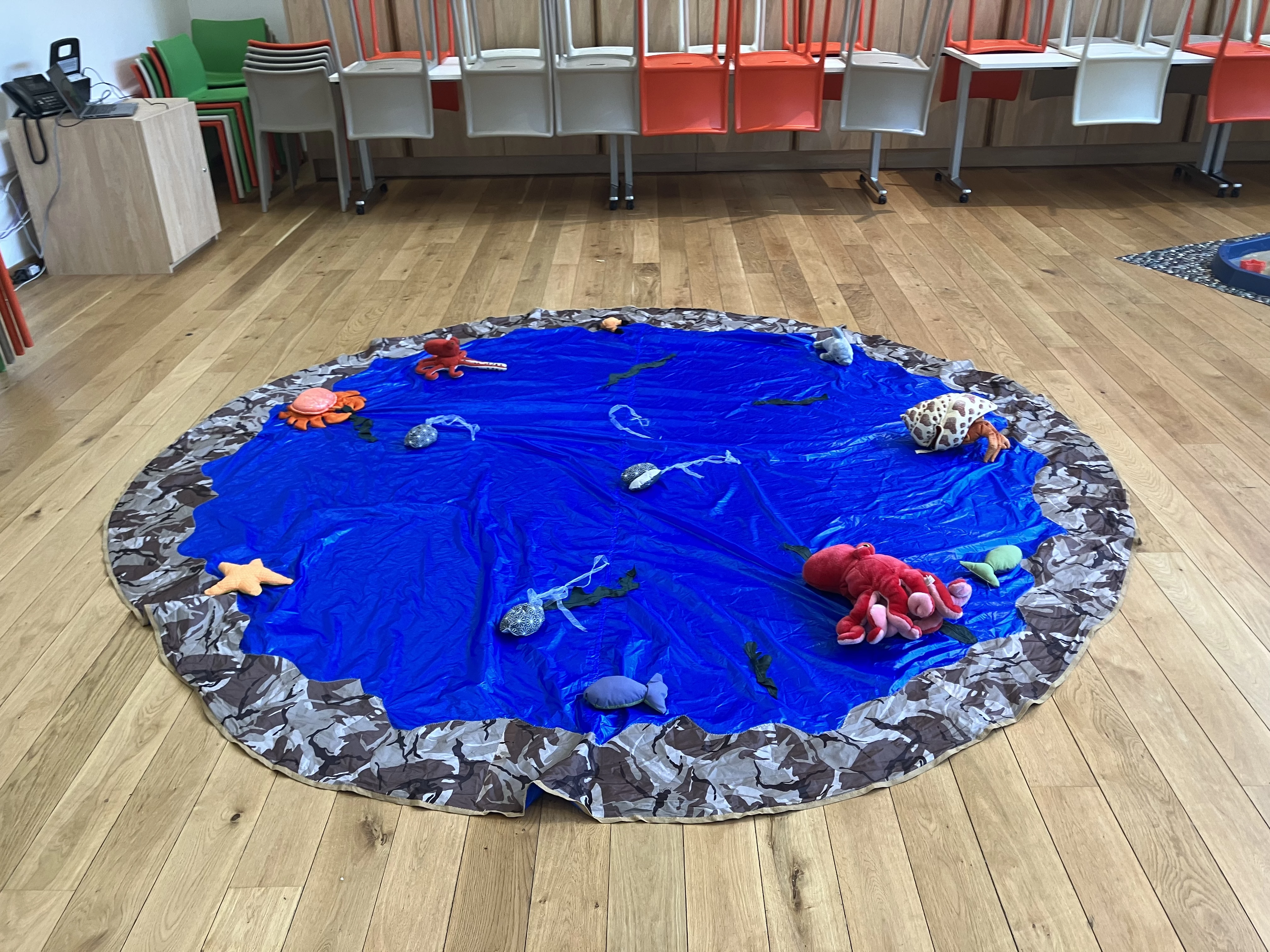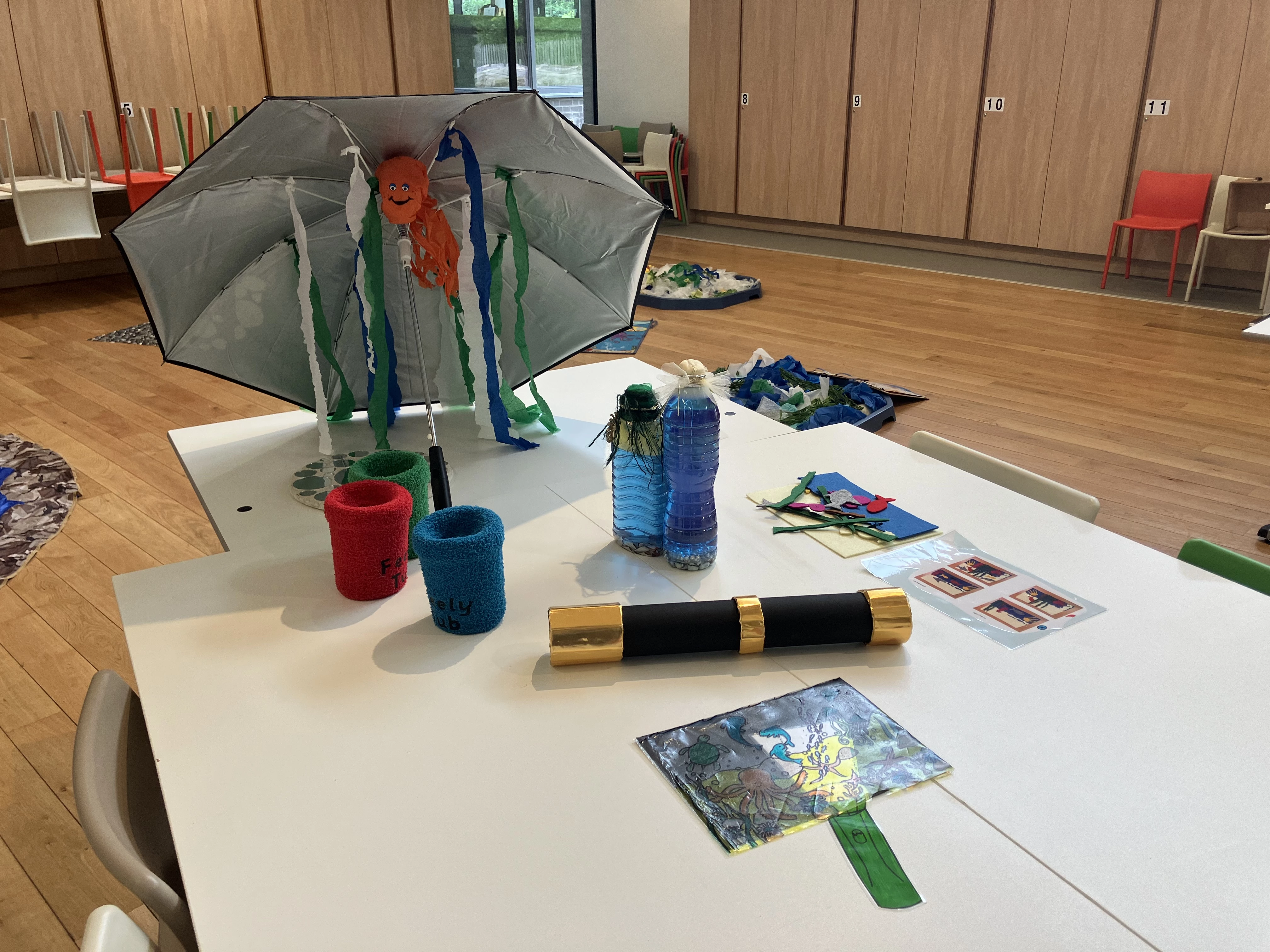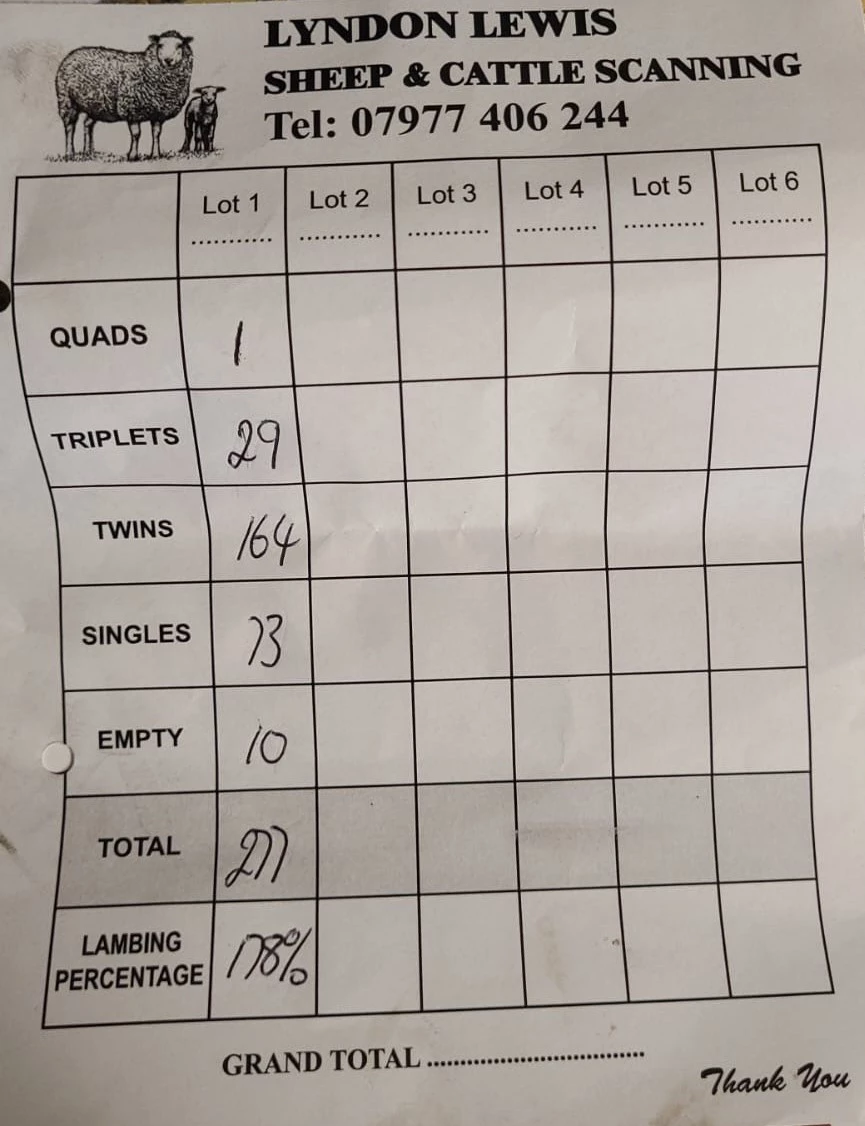Tŷ Hafan Family Saturdays
, 15 March 2024
Amgueddfa Cymru has partnered with Ty Hafan Children’s Hospice to engage children and young people with life limiting illnesses and their families with our museums and their collections.
As part of our family learning programme we hold Family Saturdays at National Museum Cardiff and St Fagans National Museum of History. As part of the Family Days, Ty Hafan families can engage in play, sensory activities and experiences, trails and crafts. For many, museum spaces can seem inaccessible and daunting places to visit but our Family Saturdays aim to engage families and show what the museum can offer everyone.
Family Saturdays occur bimonthly and are themed around the museum’s collections, from Impressionist artworks that hang in our galleries and entomology specimens in the Discovery Centre at National Museum Cardiff to bug hunts, birdsong and Iron Age roundhouses at St Fagans. Some examples of recent activity days include ‘Under the Sea’, ‘Autumn Adventure’ and 'Dino Discovery Day’!
Sensory elements are at the core of all our family days, to make sure that the whole family gets the most out of their visit, to make memories together and to offer them a safe space to chat, meet other families and explore the museum.
Thank you to all of the Ty Hafan families and staff and their amazing, positive energy.










